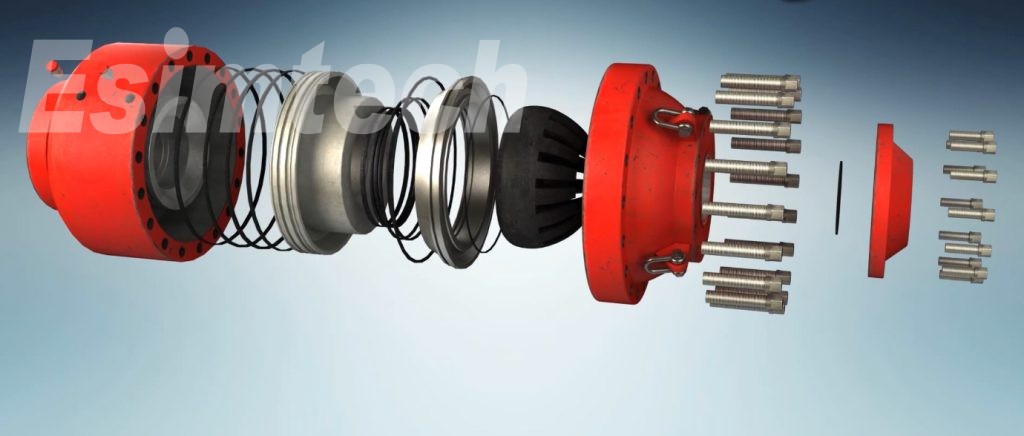Global Importance of Crude Oil and Arctic Resources
Hydrocarbons are central to modern life, fueling everything from cars to power plants. Despite forming millions of years ago, their significance exploded in the late 19th century when their power to run engines was discovered. The United States leads global oil production with 12.9 million barrels per day in 2023, representing approximately 12% of global crude oil output.
Seismic Exploration Before Drilling
Before drilling, the geology of a site is meticulously studied using seismic trucks and vessels. Seismic trucks create vibrations controlled by electrohydraulic systems that send shock waves deep underground. These waves bounce off subsurface structures and return to receivers that generate 3D maps of underground formations, helping identify optimal drilling locations.
At sea, seismic vessels use compressed air guns to create similar sound waves. Safety measures protect marine life by gradually intensifying waves to allow animals to leave the area safely.
Drilling Process and Technology
Drilling involves creating a wellbore that accesses oil reservoirs. The drilling rig is assembled on a leveled site, including a platform floor, power and pump stations, and a tower functioning as a hoisting system. The drilling bit rotates at 45 to 50 rotations per minute, boring through rock formations. As the bit penetrates deeper, more steel pipes, called drilling strings, are added.
Drilling fluids circulate through the drill string to cool equipment and remove rock cuttings. Casings strengthen the borehole, and cement seals gaps to prevent collapse.
Horizontal drilling is used to access unconnected oil pockets or shells, extending the well thousands of feet horizontally. High-pressure injections of water, sand, and additives create microfractures in the rock to release trapped oil and gas.
Offshore drilling requires special floating rigs and ships, such as the Trans Ocean Poseidon, capable of drilling over 40,000 feet deep into the seabed. The drilling bit endures extreme pressure and heat during operation.
Connecting the Well and Extracting Oil
After drilling, miles of thick pipes connect the seabed well network with floating oil rigs. Remotely operated vehicles (ROVs) install and secure these pipes, ensuring stability and safety. The well is completed by installing casing and cement to maintain structure and allow oil and gas flow.
For a detailed look at how drilling and extraction work, the Oil and Gas Drilling Animation offers clear visual explanations of the entire process.
Oil extraction uses a sucker rod pumping unit, commonly called a pump jack or donkey pump. A high-speed electric motor drives a gear reducer and counterweight system that moves the sucker rod and pumps crude oil to the surface through a plunger and valves in the downhole pump.
From Crude Oil to Refined Products
Once crude oil is extracted, it requires refining to produce usable fuels like gasoline. Crude oil is transported by pipelines or oil tanker ships, which carry over 60% of the world’s oil.
Refining starts with distillation, heating crude oil to about 350°C and separating hydrocarbons in a fractional tower. Different fractions condense at varying temperatures, producing distinct products.
Further refining includes cracking, which breaks down heavy hydrocarbons into lighter, high-value fuels like gasoline and jet fuel, and reforming, which induces chemical reactions to optimize gasoline quality.
The final petroleum products are blended for performance, stored in large tanks near refineries, and then transported to storage facilities and gas stations for consumer use.
Distribution and Safety Considerations
Oil tankers and tanker trucks distribute refined fuels daily. Transporting fuel by road poses risks, as incidents like the 2017 Pakistan fire and high accident rates in India highlight. Programs to improve driver safety and traffic pattern analysis aim to reduce these dangers.
Innovations such as space-based refueling stations are being explored, potentially changing how fuel is supplied to aircraft in the future.
